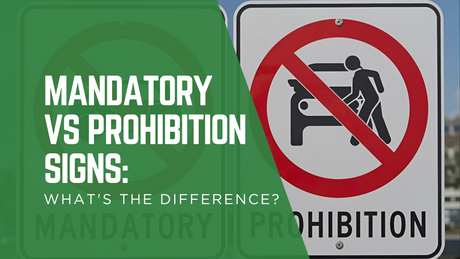When it comes to dangerous goods, proper storage is of utmost importance to ensure the safety of people, property, and the environment. These goods encompass a wide range of substances that pose potential hazards, which is why they are classified into various classes. In this article, we will explore the different classes of dangerous goods and gain insights into their characteristics, with a focus on safe storage practices.
Class 1: Explosives:
Explosives, such as fireworks and ammunition, demand special attention in storage facilities. It is essential to follow strict guidelines for their storage, including maintaining appropriate temperature and humidity conditions, proper segregation, and secure containment to prevent accidents or unauthorised access.
Class 2: Gases:
Proper storage of compressed, liquefied, or dissolved gases is crucial to prevent leaks, explosions, or asphyxiation risks. Storage areas should be well-ventilated and equipped with safety measures such as gas detectors, fire suppression systems, and proper labelling to ensure the integrity of the stored dangerous gases.
Class 3: Flammable Liquids:
Flammable liquids, like gasoline or solvents, require specially designed storage areas with adequate ventilation, grounding systems, and approved fire-resistant containers. It is essential to minimise potential ignition sources, implement proper spill containment measures, and ensure compliance with regulations for safe storage.
Class 4: Flammable Solids:
To store flammable solids safely, precautions should be taken to prevent heat, friction, or spontaneous combustion. Proper packaging, segregation from incompatible materials, and controlled environmental conditions can minimise the risks associated with these substances in storage facilities.
Class 5: Oxidising Substances and Organic Peroxides:
Storing oxidising substances and organic peroxides safely involves keeping them away from flammable materials, providing proper ventilation, and employing appropriate storage containers to prevent reactions that can lead to fires or explosions. Strict adherence to storage guidelines is essential to reduce the risk of accidents.
Class 6: Toxic and Infectious Substances:
For the storage of toxic and infectious substances, strict protocols must be followed to prevent exposure and contamination. These may include secure containment, proper labelling, restricted access, and maintaining appropriate temperature and humidity levels to ensure the integrity of the stored dangerous goods.
Class 7: Radioactive Materials:
Safe storage of radioactive materials necessitates specialised facilities designed to control radiation levels and prevent leaks or unauthorised access. Compliance with regulations, regular monitoring, and secure storage containers are imperative to protect both individuals and the environment.
Class 8: Corrosive Substances:
Corrosive substances, such as strong acids or alkalis, require storage in compatible containers with proper labelling. Storage areas should be equipped with spill containment measures, appropriate ventilation, and the necessary personal protective equipment to minimise the risk of injuries or property damage.
Class 9: Miscellaneous Dangerous Substances:
Storage of miscellaneous dangerous substances, like lithium batteries or environmentally hazardous substances, should align with specific guidelines provided for each substance. It is crucial to follow manufacturer instructions, ensure proper packaging, and segregate incompatible materials to maintain a safe storage environment.
Safe storage of dangerous goods is a critical aspect of risk management. By understanding the different classes of dangerous goods and their specific storage requirements, individuals and organisations can effectively mitigate potential hazards. Compliance with regulations, proper labelling, controlled environmental conditions, and appropriate storage containers are vital for protecting lives, property, and the environment. Prioritising the implementation of safe storage practices for dangerous goods is essential to maintain a secure working environment and minimise the potential risks associated with these substances.




